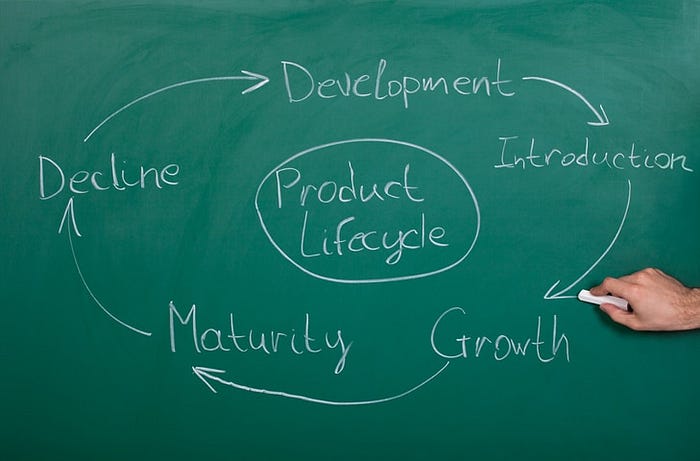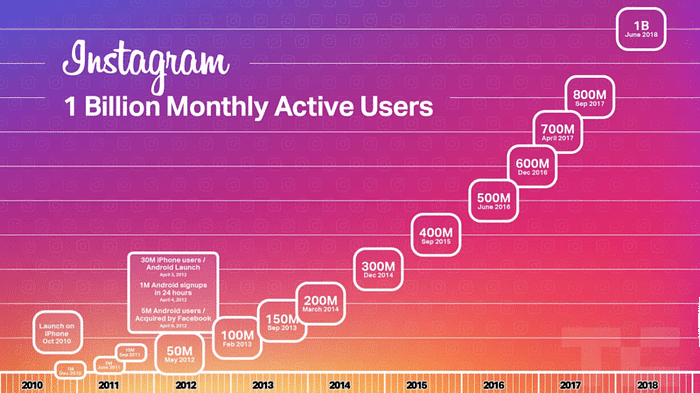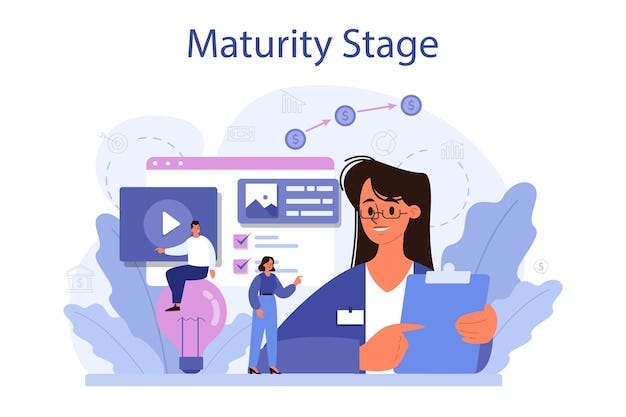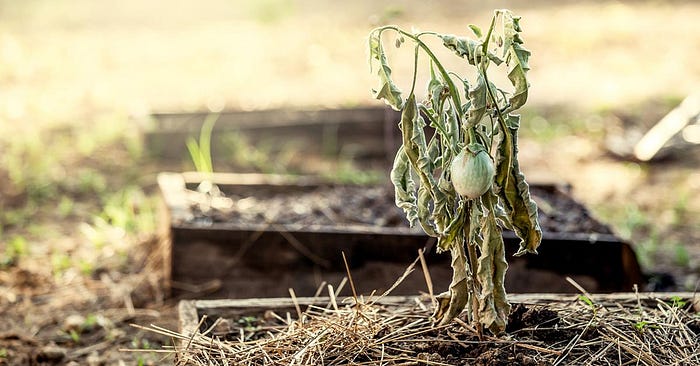The Journey of a Product
From Development to Decline
“Don’t find customers for your product; find products for your customers.”
— Seth Godin, Author & Entrepreneur
What’s the first thing that you do in the morning?
You may check your emails, WhatsApp, Instagram, etc.
What’s the last thing that you do before going to bed?
You may check your WhatsApp and Instagram, set the alarm, etc.
What’s common in all?
Well, from your physical phone to the software inside it, all of them are products.

It is a certainty that each of these products caters to a particular journey, encompassing various stages of its existence.
Before we jump into the journey of the product, we need to understand what is a product.
What is a Product?
According to ChatGPT, a product is something that is made or provided to help people with a particular need or want. For example, a toy is a product that is made to entertain children, while a smartphone is a product that is made to help people communicate and access information. Products can be physical items that you can touch and hold, like a toy or a smartphone, or they can be intangible services, like a haircut or a ticket to a concert. People create products to solve problems or make life easier in some way.
The Journey of a Product

The journey of the product from ideation to development and till its retirement is called a product lifecycle. Theodore Levitt, a German economist, developed the concept of the Product Life Cycle. He published his model in the Harvard Business Review in 1965. The product lifecycle consists of five main stages:
- Development
- Introduction
- Growth
- Maturity
- Decline
Development

The development stage is the first stage in the product lifecycle and involves everything from ideation and research to planning and building the product. Company leadership sets the strategic direction for the product, including the vision for how it will create value, based on market and customer research.
The core product development team, consisting of product managers and engineers, works closely together to prioritize building the product in a way that aligns with this strategy. In the past, it was common to aim for the minimum viable product (MVP) to get to market as quickly as possible with minimal effort. However, some companies now strive for a minimum lovable product (MLP), which is the minimum required for customers to love the product, rather than just tolerate it.
Introduction
The introduction stage of the product life cycle begins when the product is launched. During this stage, the marketing team focuses on increasing awareness of the product and reaching the target market. All content marketing and inbound marketing efforts are typically focused on promoting the product.
The length of time that a company spends in the introduction stage can vary based on factors such as the complexity of the product, the level of competition, the level of innovation, and other considerations. If the marketing efforts are successful, the product will move on to the next stage of growth.
Growth

During the growth stage of the product life cycle, consumers have embraced the product and are responding positively to marketing efforts. Demand and profits are increasing, and competitors may try to challenge the product’s success.
Marketing efforts at this stage shift from attracting attention to establishing a strong brand presence. Companies may focus on highlighting the reasons why their product is the best choice among the competition. As the company grows, it may add new features to the product, expand its support services, and open new distribution channels. All of these efforts will be a key focus of the marketing strategy.
Maturity

The maturity stage of the product life cycle is typically the most profitable, as production and marketing costs tend to decline at this point. However, the market may be saturated with the product, competition may be intense, and profit margins may start to shrink. Some analysts refer to the maturity stage as the point when sales volume has reached its maximum.
To maintain a strong market presence, companies may consider innovating their product or introducing new ways to capture a larger share of the market. This may involve gathering feedback from customers, researching their demographics and needs, and seeking ways to improve the product.
Competition is typically the highest during the maturity stage as rival companies have had time to introduce competing and improved products. Sales levels tend to stabilize and companies aim to keep their product in the maturity stage for as long as possible.
Decline

The decline stage is the final stage in the product life cycle and occurs when demand for the product starts to decrease. This can happen for a variety of reasons, such as the emergence of competing products that offer better pricing, services, or functionality, or a decrease in the overall market size.
However, the decline stage does not necessarily mark the end of the product. Product teams that have been working on transformation efforts during the maturity stage may be better positioned to return to an earlier stage of the product life cycle.
The product life cycle is a phenomenon that is generally observed for most products. The duration and specific traits of each stage may vary depending on the product itself and the industry in which it is sold. By understanding the product life cycle, businesses are able to determine the most effective utilization of their resources, forecast the future prospects of their product, and devise strategies for introducing new products to the market.

So if I’ve to ask you again, what’s the first thing that you do in the morning & also the last thing that you do before going to bed?
You use a product.
Source of Reference: ChatGPT, Surveymonkey, Aha.io, Investopedia